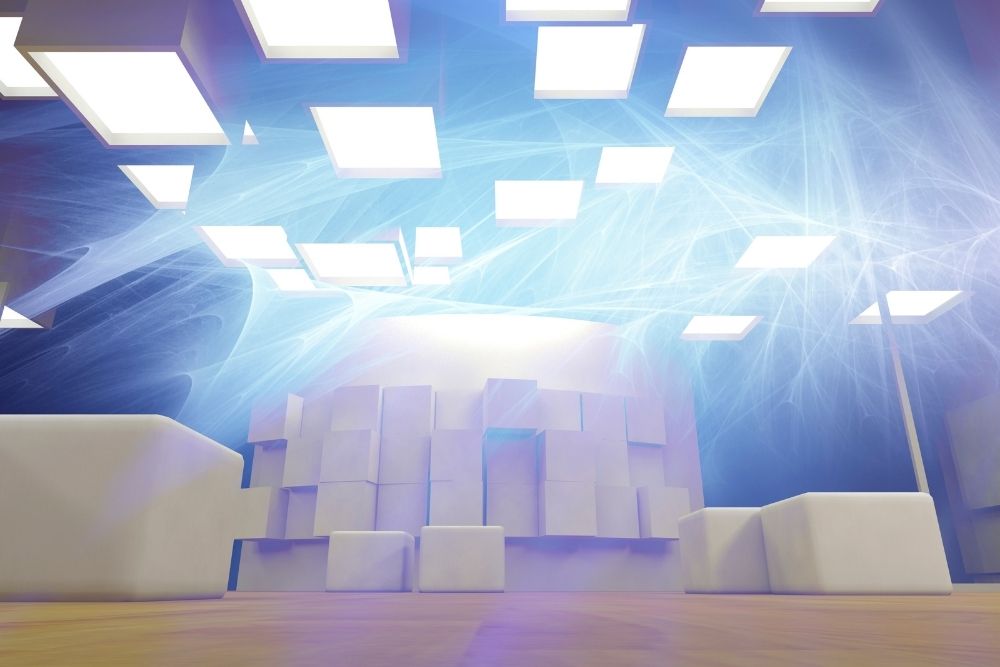Photophobia is a discomfort caused by light sensitivity or intolerance of light. Light sources such as fluorescent light, sunlight, and incandescent light can cause discomfort and may require squinting or closing the eyes for relief. Light-sensitive people may experience accompanying symptoms of headaches along with irritation to bright light.

Causes of Photophobia
Photophobia is only a symptom of various conditions such as infection or inflammation in the eyes. It is not a disease. In some cases, light sensitivity can also be a symptom of a disease unrelated to the eyes such as virus-caused illnesses or migraine headaches.
People with a lighter eye color may be more prone to light sensitivity when exposed to environments such as bright sunlight. This is because darker-colored eyes have more pigment to protect the eyes from harsh lighting.
Uveitis, corneal abrasion, and meningitis are other common causes of photophobia. Light sensitivity also is linked with contact lens irritations, refractive surgery, detached retina, and sunburn. Photophobia is also widely associated with botulism, albinism (lack of eye pigment), rabies, color blindness, conjunctivitis, and corneal inflammation.
Other rare diseases such as keratosis follicularis spinulosa decalvans (KFSD) along with medications such as furosemide, tetracycline, and doxycycline are believed to cause photophobia.

Treatment of Photophobia
The best treatment for light sensitivity is to address the triggering factors.
Speak with your doctor about discontinuing or replacing the drug you are taking that might be causing light sensitivity.
If you are naturally sensitive to light, stay away from brightly lit rooms or sunlight. Try wearing wide-brimmed hats and sunglasses with ultraviolet (UV) protection when going outdoors in broad daylight. Consider trying on eyeglasses with photochromic lenses which automatically darkens outdoors to block UV rays from the sun.
For more protection against bright sunlight, consider wearing polarized sunglasses. These are considered to be one of the best protection against glare-causing reflections of light from objects such as concrete roadways, traffic lights, water, sand, snow, and other reflective surfaces.
In extreme cases, wearing a prosthetic contact lens could be your greatest shot. These contact lenses are specially designed to look like your own eyes while reducing the amount of light that enters the eye and providing comfort.
Light-filtering shields that are designed to work with prescription eyeglasses are also helpful in managing light sensitivity in strong indoor lighting. Consult your eye care professional for the best eyewear choices geared to your specific needs.



